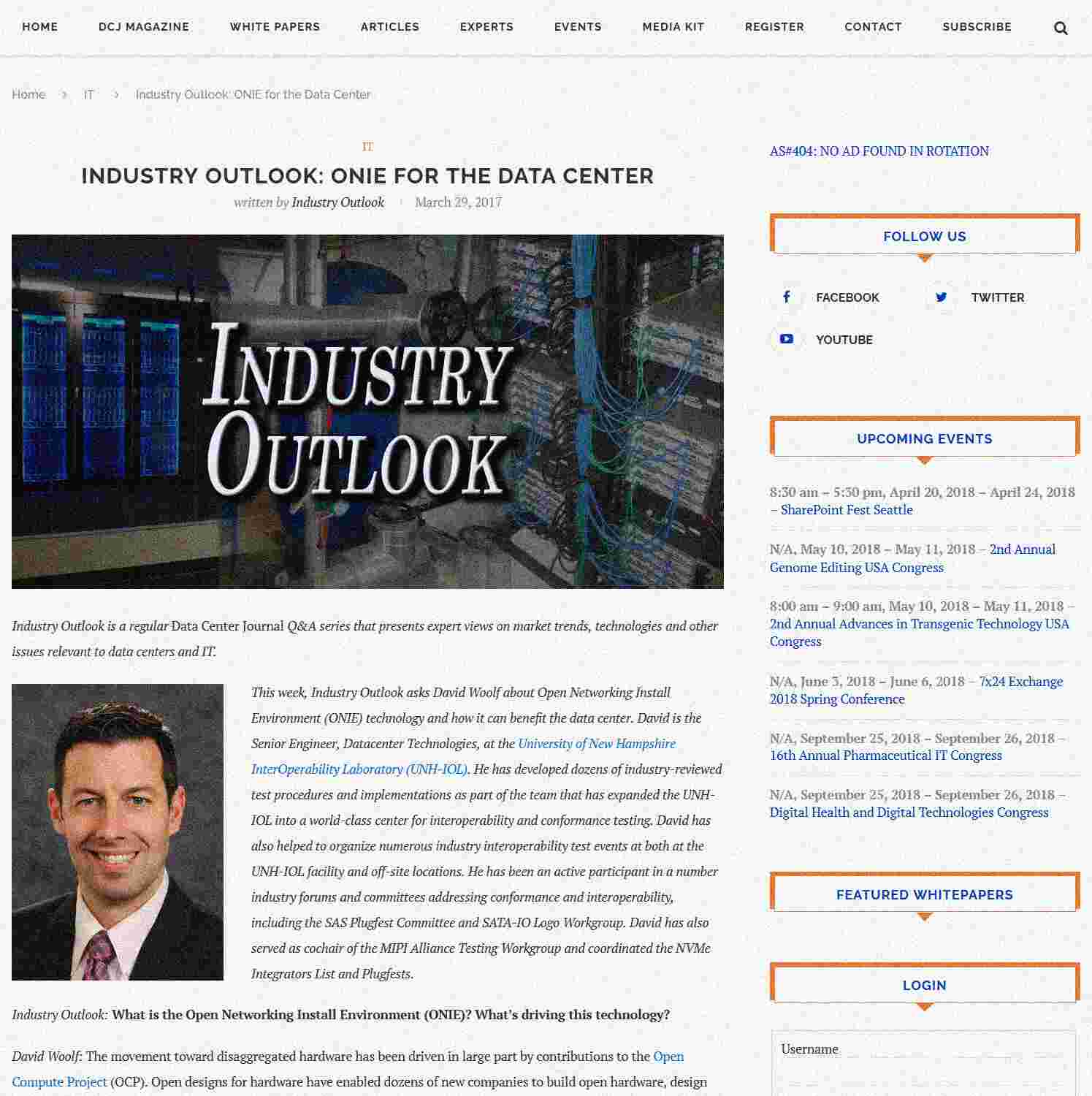Industry Outlook: ONIE for the Data Center
Did you know...
The 9th biggest provider in the USA is CyrusOne, who have 24 facilities across 14 states and 21 cities. CyrusOne is close to 22 fiber routes and has a presence in several major cities, including Houston, San Antonio, and Dallas.

